Peace and Gourmet: Aoyagi-ya
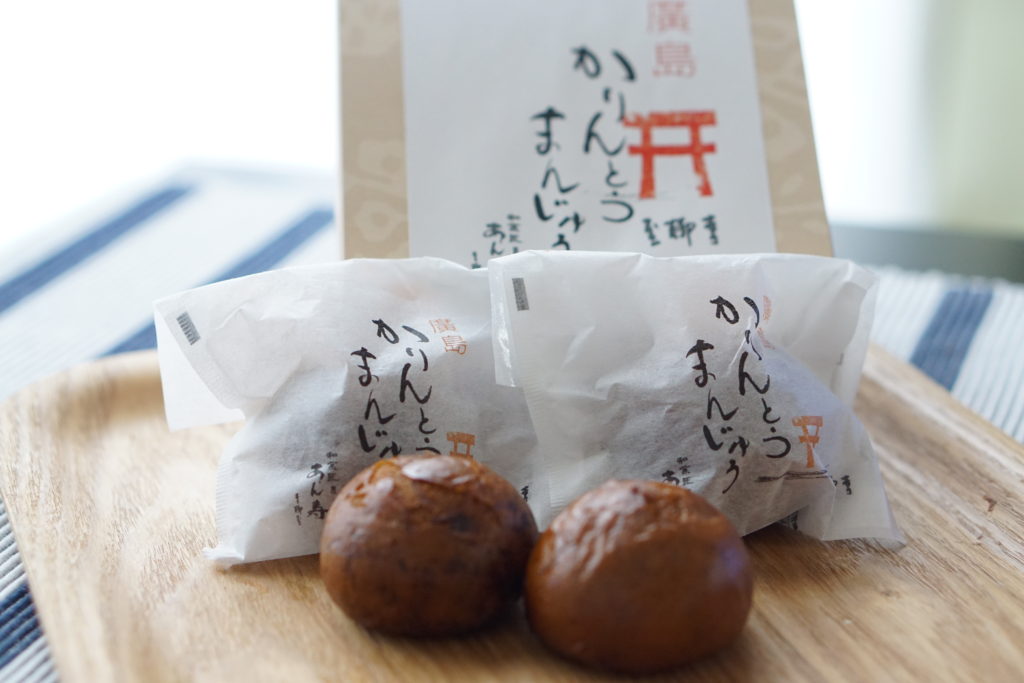
Hiroshima reconstructed from the devastation of the atomic bombing and now there are many restaurants that are popular with locals and tourists. How did these restaurants make their way through the wartime and post-war years? And what is the meaning of “peace” which they found in their history?
In this interview, we spoke with BABA Hirochika, who develops products at Aoyagi-ya, a Japanese confectionery shop founded in 1938.
Appreciating my life and working hard
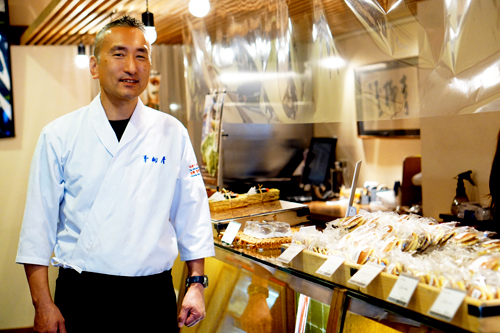
BABA Hirochika who is in charge of manufacturing and development
The history of Aoyagi-ya began with a Manju shop (Japanese sweet bun shop). When the owner of the shop was drafted into the military, he approached my grandfather, BABA Takayoshi, and asked him to run the shop in his place. He had been trained at a Yokan shop (sweet beans jelly shop) and was skilled at making Japanese sweets, so that caught his attention.
He agreed to the offer and kept running the shop, but the owner, who had been in the war, was badly injured. He was in no condition to continue his business, and Baba accepted the owner’s request to take over the shop and restart as Aoyagi-ya.
My grandfather did not lose his life at the time of the atomic bombing because he happened to be working on a delivery service.
He vowed again to live his life to the fullest and continued to work diligently after that.
From wartime until 1952, sugar was rationed and it was difficult to obtain raw materials, so he made sweets with the help of others in the same industry.
After that, when people came to need things, the confectionery sold quite well.
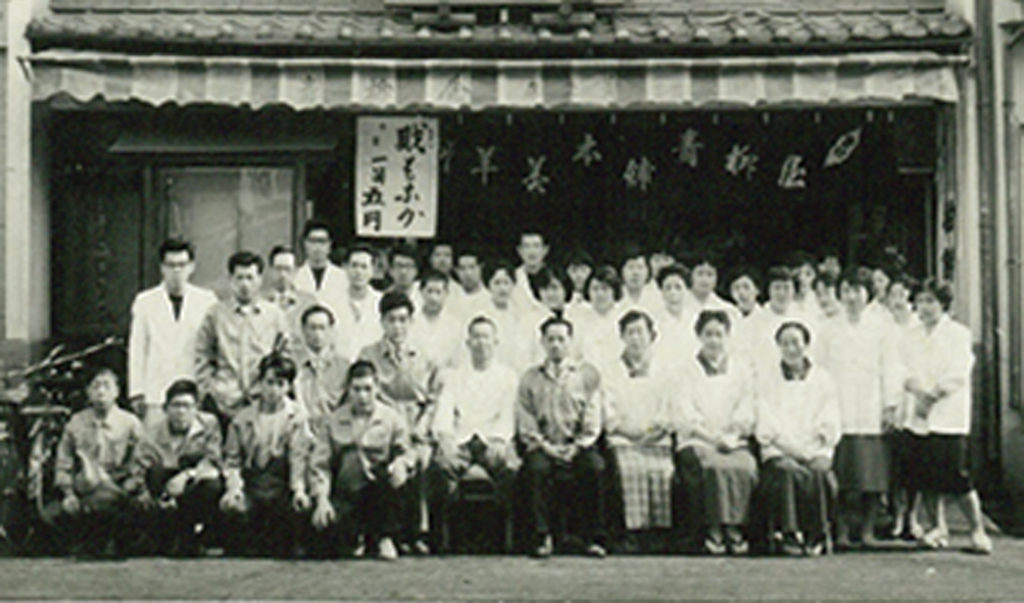
Aoyanagi-ya: at the time of its founding
Confectionery for the times
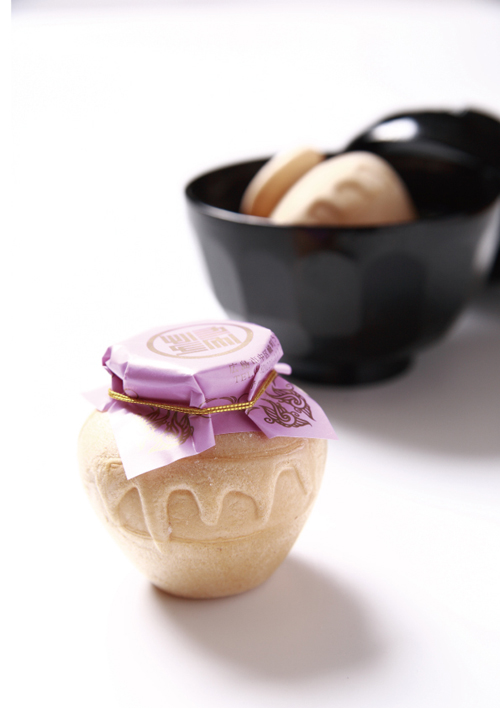
Winter-only Tsubo-shiruko (sweet red-bean soup)
Aoyagi-ya has several leading products, but the one that hasn’t changed since its founding is the Tsubo-shiruko (sold only in winter). It is a jar-shaped wafer filled with dried sweet bean paste, which can be put into a bowl and poured hot water to make. Setouchi Bojoh was created during the period of high economic growth in Japan, as is no longer available. Currently, the “Karinto Manju,”, which originated in the Tohoku region (northern part of Japan), is very popular. A special fryer is installed in the store and only the products that are fried on the day are served. People tend to think of Japanese sweets as “unchanging tastes based on tradition,” but it is important to phase in with the times.
We always imagine the smiles on the faces of our customers as we bake our sweets, and we always try to give our customers something to be happy about. During and after the war, sweets existed as a way to soothe the hearts of people who were suffering, and after the era became more peaceful, sweets existed as a way to add color to their lives. The concept of Aoyagi-ya, “Making sweets that bring back joy every time you taste them,” was born, I think, from this historical background.
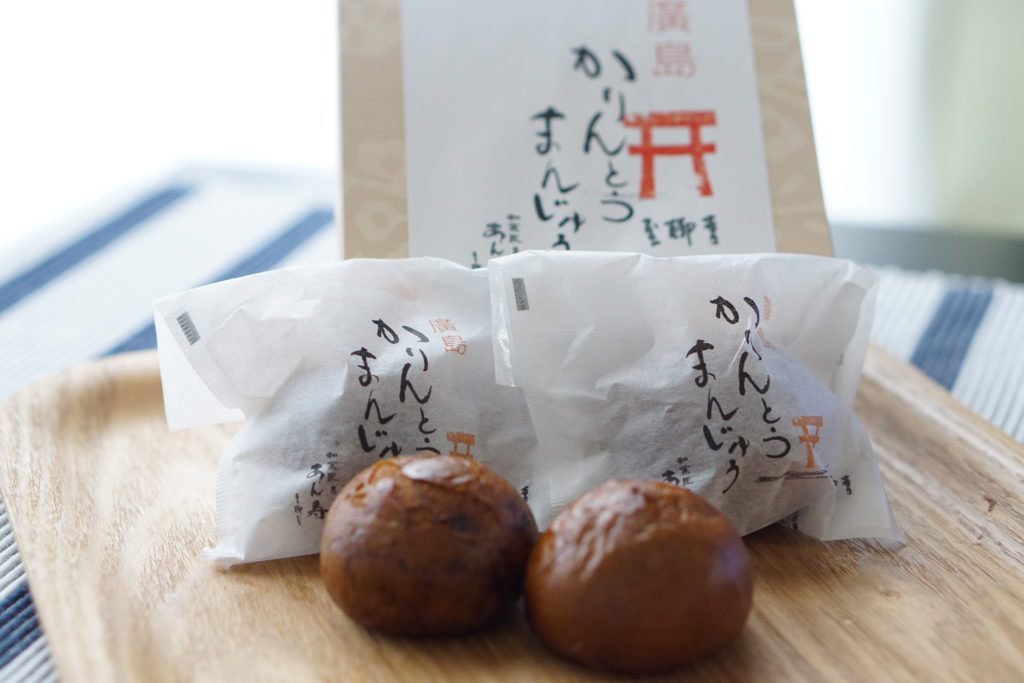
Popular sweets, “Karintou Manju”
Sweets are the symbol of peace.
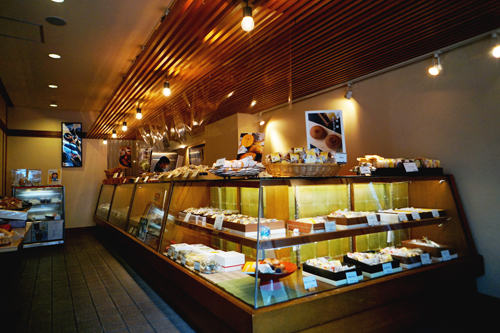
Currently, I am also focusing on training future generations. I teach elementary school classes on confectionery making and as a part-time instructor at a vocational school. What I want to convey to children is the joy of making things and the history of wagashi (Japanese sweets). Wagashi started as an offering to the deceased ancestors and spread with the sophisticated culture of tea. In the old days, they were very expensive and were only available to shoguns (general) and nobles. It wasn’t until the Edo period (1603-1868), after the end of the long war, that sweets became popular among the citizens. People were able to enjoy dumplings as much as they wanted after the world had been pacified.
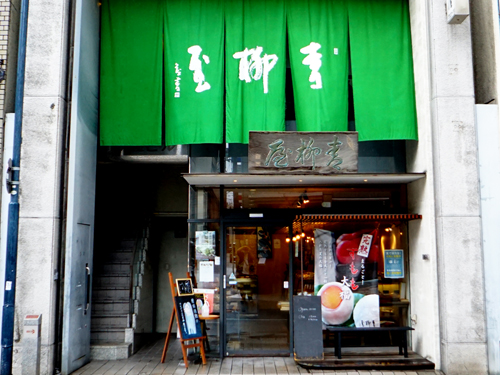
We may say confectionery is the symbol of peace. After a long period of warring states, wagashi evolved especially in the Edo period. As stated earlier, it was difficult to procure sugar during the war, so it was not even possible to make wagashi. It is favored in a situation especially when people can enjoy themselves in a peaceful time without suffering from conflict. While passing on these roots to our children, I sincerely hope that the era of peace where sweets are sought after will continue forever.
Profile
Aoyagi-ya Main Store
https://in-smart.co.jp/shop/aoyagiya/
The founder, BABA Takayoshi, took over the former bun shop and opened it as Aoyagi-ya. The store was named after a willow tree waving in the wind on Kyobashi Street. After BABA Etsuko, the second generation, Insmart Co., Ltd. ran the business, and the grandson of Takayoshi, BABA Hirochika , is now in charge of manufacturing and product development. Anju is a sister shop of the Japanese sweet shop, located in Fukuya Department Store, Hiroshima Station.
Introducing the Peace Study Project
Food and Businesses from the SDGs
Hiroshima Prefecture is working to achieve the United Nations Sustainable Development Goals (SDGs) by creating a collection of case studies of companies in Hiroshima that are promoting SDG businesses. Click here to learn more about the companies that are working towards Goal 2: Zero Starvation.
Food and Businesses from the SDGsTags associated with this article









